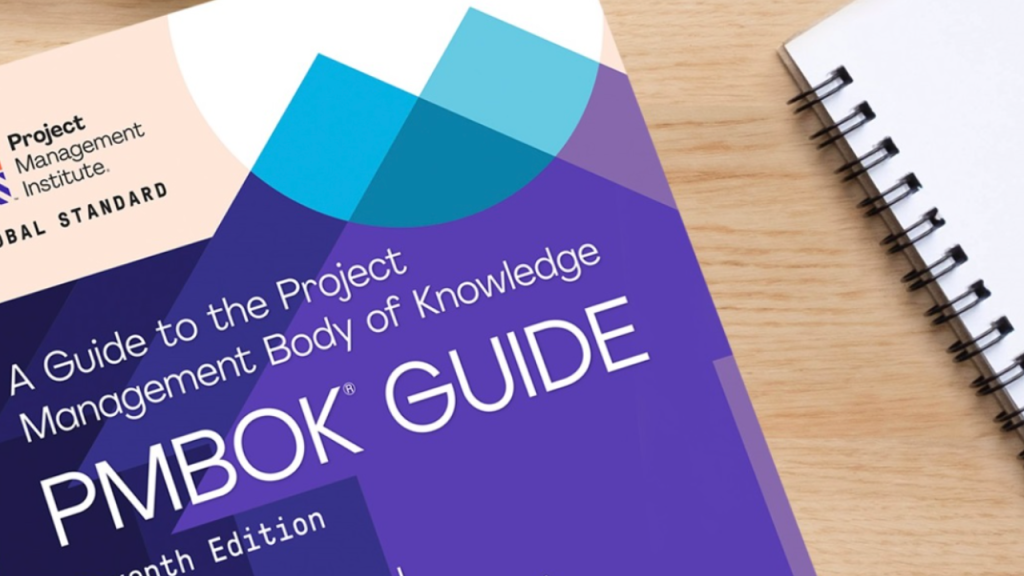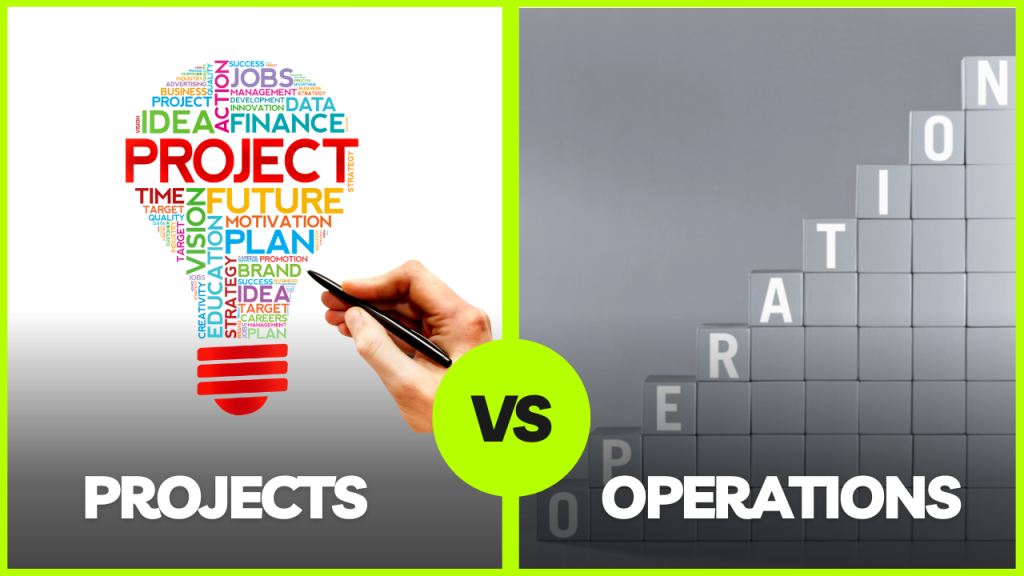Waterfall Project Management: Beginner’s Guide

Table of Contents
As someone who has been a project manager for several years, I understand the importance of choosing the right project management approach for software development. In the world of project management, there are two main methodologies: waterfall and agile.
While agile is becoming increasingly popular, especially in software development, waterfall still has its place in certain industries and projects. In this article, we’ll take a closer look at the waterfall project management methodology, including its phases, advantages, and key features. We’ll also compare it to agile and explain why it’s still a viable option for managing long-term projects from start to finish.
What is Waterfall Project Management?
The waterfall method is a linear, sequential approach to managing a project from start to finish. Waterfall Project Management is a traditional approach to project management.
The waterfall method divides the project into several phases or stages. It requires the completion of each phase before moving on to the next one. The name is the waterfall method because each project phase flows into the next one, like a waterfall.
In Waterfall, the design phase involves creating the requirements document, which remains fixed throughout the development project. The Waterfall approach is ideal for projects with well-defined requirements and no expected changes.
Phases of Waterfall Project Management
The waterfall model comprises five phases: initiation, planning, execution, monitoring, and closing. Each phase is a discrete step in the project, and the team must complete each before moving on to the next.

Initiation
The initiation phase is the first step in the waterfall project management process. During this phase, the team identifies the project requirements, creates a project charter, and defines the scope of the project. During the design phase in Waterfall, the customer usually involves in providing input and clarifying any questions. For example, a company might decide to launch a new product and begin the initiation phase by identifying the target market, researching customer needs, and assessing the competition.
Planning
The planning phase is where the team creates a detailed project plan that outlines the entire project from start to finish. This plan includes a requirements document, a design phase, and Gantt charts outlining each task’s timeline. Typically, the plan is rigid and discourages changes, which can be costly.
In our example, this company might develop a detailed plan for manufacturing and marketing its new product, including timelines for product development, advertising campaigns, and distribution.
Execution
The execution phase is where the team begins to work on the project deliverables. Each team member has a defined role, and the team follows the plan created in the planning phase. The team works on each task sequence until they complete the entire project.
During this phase, the project team begins to implement the plan developed in the planning phase. For example, if the project is a product launch, the execution phase might include developing a prototype, conducting market research, and creating advertising materials
Monitoring
The monitoring phase is where the team checks in on the project’s progress and makes any necessary adjustments. This phase is critical to ensure the project stays on track and within budget. If the team identifies any issues or risks during this phase, they must address them promptly. During this phase, the project team tracks the project’s progress and measures it against the plan developed in the planning phase. The team also identifies any issues or risks during the execution phase and develops a plan to address them. For example, if the product launch is behind schedule, the team might identify the cause of the delay and develop a plan to catch up.
Closing
The closing phase is the final step in the waterfall project management process. During this phase, the team delivers the fully completed product to the customer. The team then conducts a final review to ensure all project requirements are done and closes the project. For example, the company might evaluate the success of the product launch and identify areas for improvement in future projects.
You can see that the waterfall method involves a highly structured approach to project management that requires detailed planning and clear communication throughout the project lifecycle. While it has its advantages, such as a clear timeline and defined roles and responsibilities for team members, it can also be inflexible and difficult to adapt to changing circumstances.
Advantages of Waterfall Project Management
One of the main advantages of the waterfall project management methodology is that it provides a clear, step-by-step approach to managing projects. This method is particularly useful for projects with a defined scope and a fixed budget. The rigid project plan ensures that the team stays on track and that the project is completed on time and within budget.
Another advantage of the waterfall method is that it creates dependencies between tasks. This ensures that each task is completed before moving on to the next one. This approach can also help to identify any issues or risks early in the project, allowing the team to address them before they become bigger problems.
Waterfall and Agile: What’s the Difference?
Agile methodology is an iterative and incremental approach to software development, often contrasted with the Waterfall method. While Waterfall follows a sequential process, Agile follows an iterative process, where requirements can be updated and changed throughout development.
One of the main differences between Waterfall and Agile is that Waterfall is more structured, while Agile is more flexible. Waterfall works best for large projects with well-defined requirements, while Agile works best for smaller projects or projects where requirements are likely to change.
Benefits of Waterfall Project Management
- The Waterfall approach is ideal for projects with well-defined project requirements, where the requirements are not expected to change.
- Waterfall’s structured approach allows for better predictability and easier management of project timelines.
- Waterfall Project Management uses Gantt charts to represent the project plan and timeline visually.
Mistakes to Avoid in Waterfall Project Management
- Inflexibility: One of the biggest mistakes in Waterfall Project Management is being too rigid and not allowing changes in the requirements or project scope.
- Lack of Communication: Waterfall Project Management requires clear communication and collaboration between team members to ensure the project progresses as planned.
Implementing Waterfall Project Management
Here are some tips to help you get started if you consider using Waterfall Project Management for your next software development project.
- Develop a comprehensive project plan that outlines each phase of the project and the timeline for each phase.
- Use Gantt charts to represent the timeline and project plan visually.
- Establish clear communication and collaboration between team members.
- Use project management software to manage the project and track progress.
If you’re new to project management, you may have heard about two popular methodologies: Waterfall and Agile. I have covered everything you need to know start with Waterfall project management in this comprehensive guide. However, if you interest in learning more about Agile project management and how it differs from Waterfall, make sure to check out the beginner’s guide to Agile project management.




